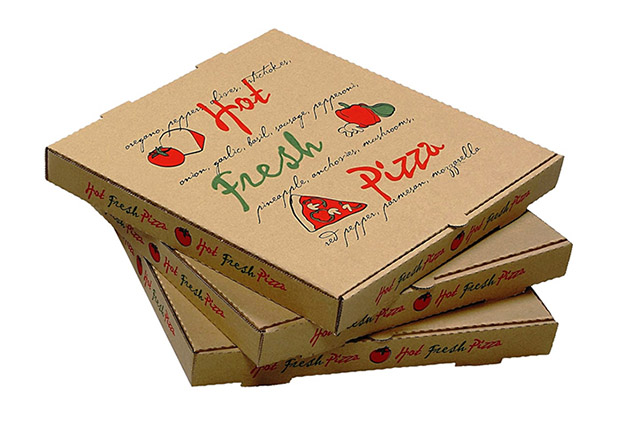
When it comes to packaging your products, one important decision you’ll face is whether to go with custom packaging or stock packaging options. Each choice has its own set of pros and cons, and making the right decision can significantly impact your brand’s image, cost-effectiveness, and customer satisfaction. In this blog post, we’ll explore the benefits and drawbacks of custom packaging and stock packaging to help you make an informed choice for your business.
Custom Packaging:
Pros:
- Brand Identity: One of the most significant advantages of custom packaging is the ability to create packaging that aligns perfectly with your brand identity. You have complete control over the design, colors, and materials, allowing you to reinforce your brand’s message and values.
- Product Protection: Custom packaging can be tailored to fit your products perfectly, providing enhanced protection during transportation and reducing the risk of damage.
- Unique Unboxing Experience: Custom packaging offers the opportunity to create a memorable unboxing experience for your customers, increasing brand loyalty and social media sharing.
- Marketing Opportunities: You can use custom packaging as a marketing tool by incorporating promotional materials, QR codes, or special offers that engage and incentivize customers.
Cons:
- Higher Costs: Custom packaging typically involves higher upfront costs for design and production, which may not be suitable for businesses with tight budgets.
- Lead Times: Creating custom packaging takes time, so it may not be the best choice for businesses requiring quick turnaround times.
- Storage Space: Custom packaging orders often come in larger quantities, requiring additional storage space.
Stock Packaging:
Pros:
- Cost-Effective: Stock packaging options are generally more affordable, making them a practical choice for startups or businesses with limited resources.
- Quick Availability: Stock packaging is readily available, allowing you to start packaging your products immediately without waiting for custom designs or production.
- Variety: There is a wide variety of stock packaging options available, including different sizes, shapes, and materials, providing flexibility for various products.
- Low Minimum Orders: Many stock packaging suppliers offer low minimum order quantities, reducing the risk of excess inventory.

Cons:
- Lack of Brand Differentiation: Stock packaging may not effectively communicate your brand’s unique identity and message, potentially making it challenging to stand out in a competitive market.
- Limited Customization: While stock packaging can be functional, it may not provide the level of customization needed for certain products or branding goals.
- Potential for Product Damage: Ill-fitting stock packaging can lead to product damage during shipping, impacting customer satisfaction.
The choice between custom packaging and stock packaging ultimately depends on your business’s specific needs and goals. Custom packaging offers a personalized, brand-focused approach but comes with higher costs and longer lead times. On the other hand, stock packaging is cost-effective and readily available but may lack the unique branding opportunities of custom options.
Before making a decision, consider your budget, production timelines, brand identity, and the nature of your products. In some cases, a hybrid approach, such as using stock packaging for certain items and custom packaging for flagship products, may be the ideal solution. Regardless of your choice, prioritize packaging that ensures the safety of your products and leaves a positive impression on your customers, as it plays a crucial role in shaping your brand’s success.

